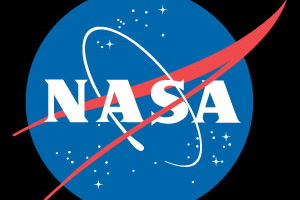Microsoft and NASA to put universe on the web
A new generation of would-be astronomers and computer scientists will be able to see the images from the latest space projects.

Microsoft and space agency NASA have announced a Space Act Agreement', in which the two will jointly develop technology allowing the public to explore the universe online.
Under the new agreement, NASA's research centre in California will process more than 100 terabytes, or 20,000 DVDs of data, and incorporate the data in Microsoft's Worldwide Telescope - a downloadable piece of desktop software.
The tool is available for free on Windows systems, and has had nearly two million people around the world download it since its public beta release in May 2008.
The deal means that the telescope will feature imagery from NASA's Mars Reconnaissance Orbiter (MRO), which was launched in August 2005.
The MRO has been examining Mars with a high-resolution camera and has returned more data than all other Mars missions combined.
It will also provide images from a camera aboard NASA's Lunar Reconnaissance Orbiter (LRO). To be launched in May, the LRO will spend a year in a low, polar orbit around 30 miles above the lunar surface.
Tony Hey, corporate vice president of Microsoft External Research, said that the collaboration allowed people around the world to see new images of the Moon and Mars in a web 2.0 visualised environment.
Get the ITPro daily newsletter
Sign up today and you will receive a free copy of our Future Focus 2025 report - the leading guidance on AI, cybersecurity and other IT challenges as per 700+ senior executives
He said in statement: "Worldwide Telescope serves as a powerful tool for computer science researchers, educators and students to explore space and experience the excitement of computer science."
NASA also said Microsoft technology provided a way to make its data and the US's space program more accessible to the public.
-
 Putting small language models under the microscope
Putting small language models under the microscopeITPro Podcast The benefits of small language models are undeniable – but they're no silver bullet
By Rory Bathgate
-
 CyberOne appoints Microsoft’s Tracey Pretorius to its advisory board
CyberOne appoints Microsoft’s Tracey Pretorius to its advisory boardNews The threat intelligence leader will provide strategic guidance to CyberOne’s executive team
By Daniel Todd